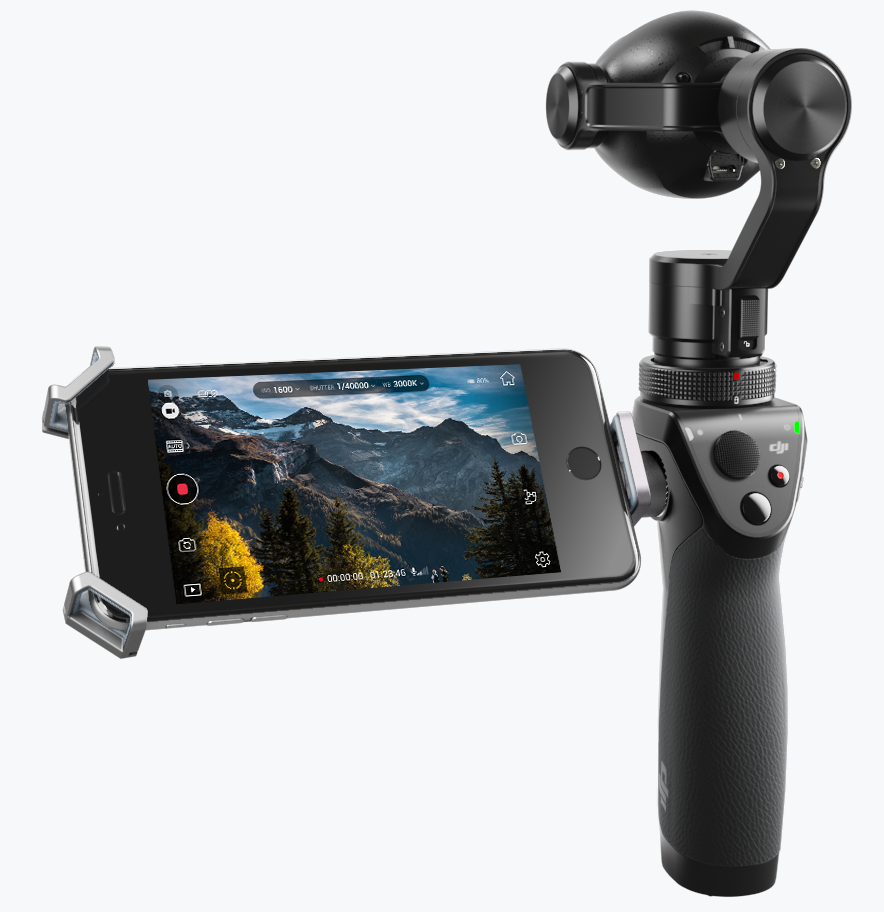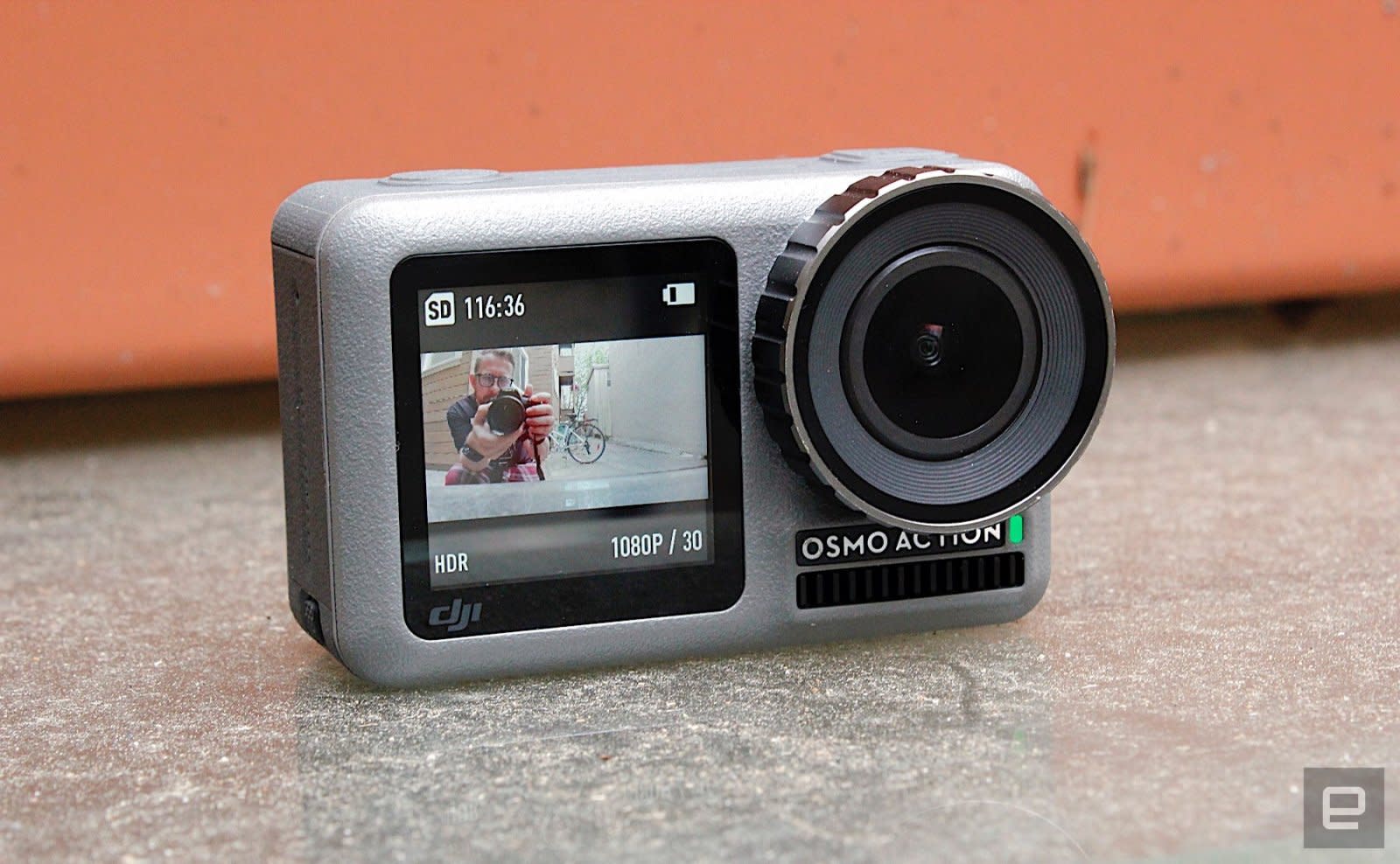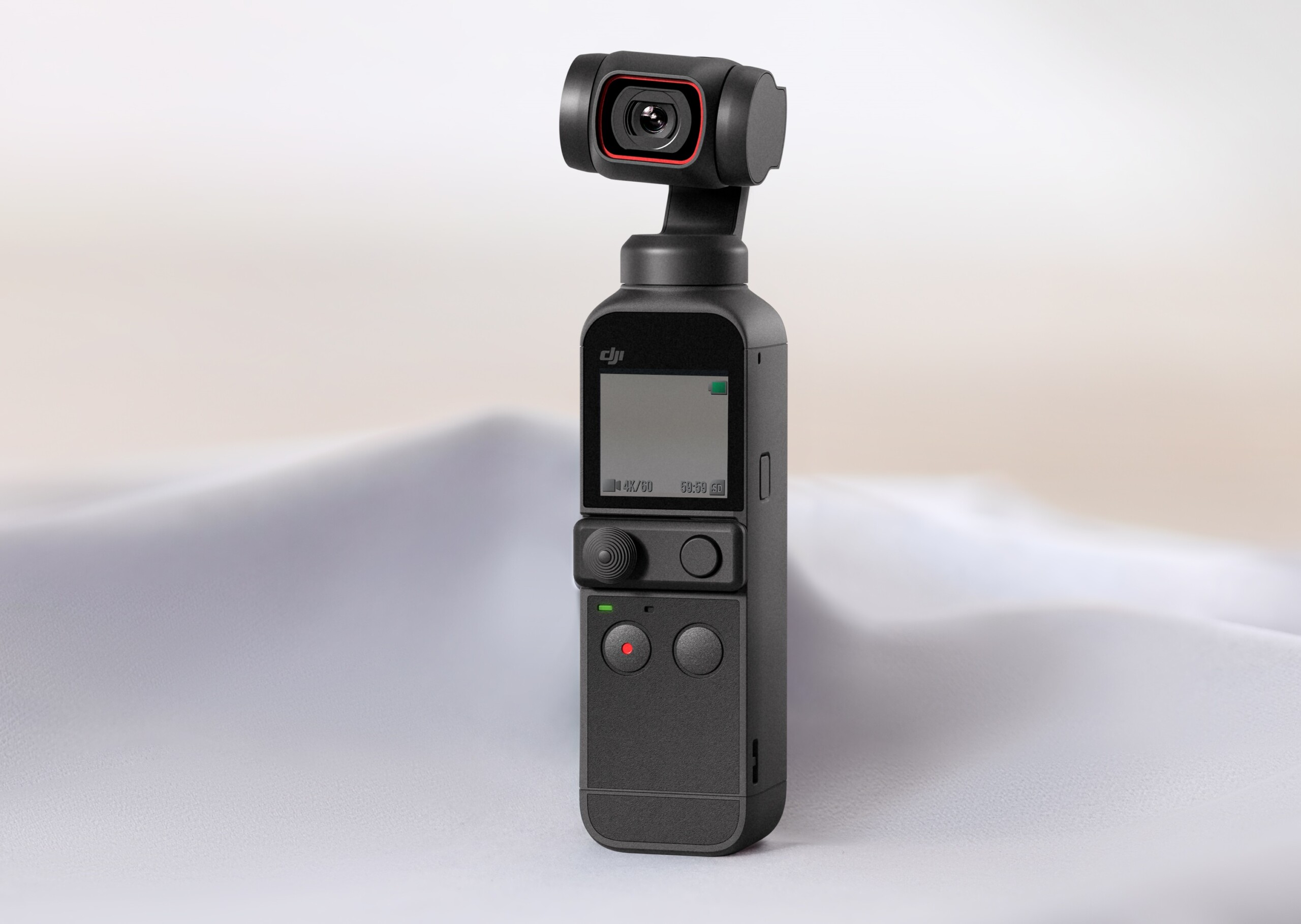

However, some people may miss the Hero 7’s ability to record using an H.265 codec. So you get a color front LCD and an HDR mode for less money. That makes it about 10% less expensive than current prices for GoPro’s Hero 7 Black camera.

You can get a DJI Osmo Action for as little as $310 discounted, or with some accessories for closer to the list price of $350. So those needing the ultimate in stabilization performance are still going to want to use a mechanical gimbal or at least a camera with optical image stabilization. It is an entirely electronic/digital system, so stabilization means aligning, cropping, and scaling - all of which mean some loss of image quality. I didn’t have a current model GoPro Hero to allow me to directly compare stabilization systems, but DJI’s RockSteady did a competent job of smoothing out motion caused by being on a boat and walking. I found the camera easy to operate, even with one hand. That’s about all there is to it, although there is also a clever, programmable, Quick Switch button. The battery is under a pop out cover that also locks for extra protection, and the microSD slot and USB-C charging port are under another cover. In addition to power, the shutter/record button is also on top of the camera, and there is a “Quick Switch” button on the left that can be programmed to one of a number of features. The Action boots very quickly when you press the power button. For a more extensive interface, you can use it with DJI’s own app on your mobile device.

The first version of the interface could make it confusing to see whether you had RockSteady enabled, but it seems more straightforward in the current version with updated firmware. Similarly swiping from the left brings up a Playback mode and from the right brings up photo and video settings. Swiping from one of the values on the home screen lets you change it. Shooting With the DJI Osmo ActionĪs you’d expect for such a tiny device, the UI takes a little getting used to.
#Dji osmo actio 1080p
At 1080p you can up the frame rate all the way to 200 fps. Video can be captured at up to 4K/60fps, or 30fps with HDR. There are lots of photo modes, including Countdown and Time Lapse, as well as Auto-Exposure Bracketing.
#Dji osmo actio iso
ISO can be adjusted from 100-3200 and the shutter from 120-1/8000 second. It is a 1/2.3-inch form factor with a 145 degree Field Of View and 12MP resolution. The sensor is about the same as you’d find in an entry-level DJI drone.
#Dji osmo actio full
A full recharge takes about 90 minutes, so if you plan on a heavy shooting schedule you’ll want at least one spare battery. The battery should be good for between one and two hours of video depending on your settings and how much you use the displays. The Action includes a replaceable 1300 mAh LiPo battery and can be charged over USB.

Both displays are rated between 700 and 800 candelas-per-square-meter. The Action adds a unique front screen, though, which measures 1.4 inches and a lower resolution. The traditional back screen and viewfinder is 2-1/4 inches and 640 x 360 pixels. For starters it is nearly the same size, at 65 x 42 x 35 mm and weighs 124 grams. If you’re familiar with the current GoPro lineup then most of the specs for the Osmo Action will be familiar to you. We took a review DJI Osmo Action camera to Alaska with us last month and put it through its paces. But it has a few tricks up its sleeve, including a full-color forward-facing display for easier vlogging. There is absolutely no question how the product is being targeted, as it looks almost identical to a GoPro, and its mounting system is compatible with GoPro accessories. Since many of us think of drones as essentially flying action cameras, it’s no surprise that drone industry leader DJI has introduced a more traditional action camera of its own.


 0 kommentar(er)
0 kommentar(er)
